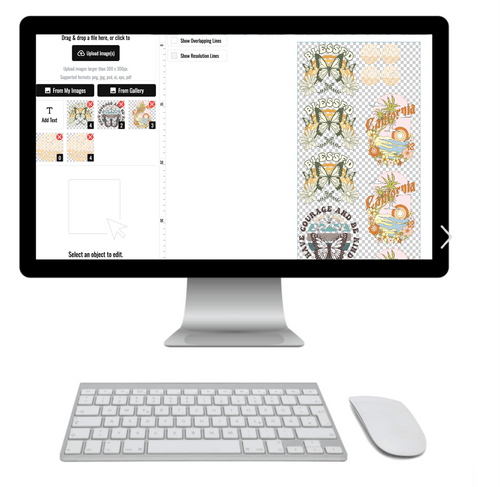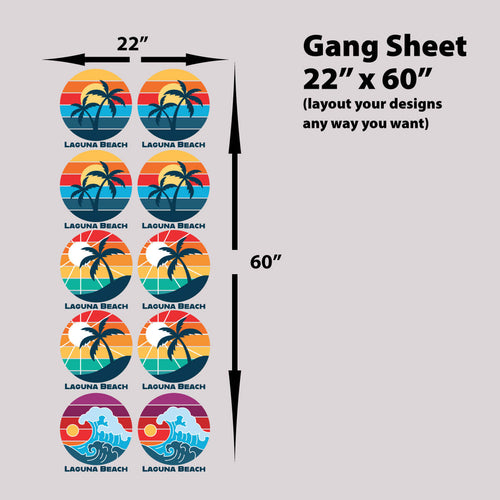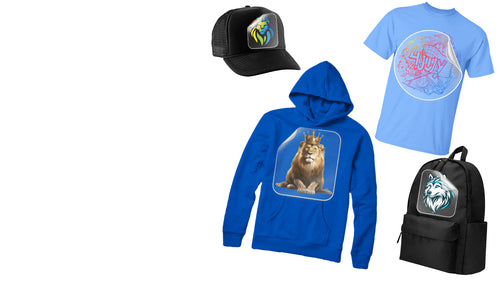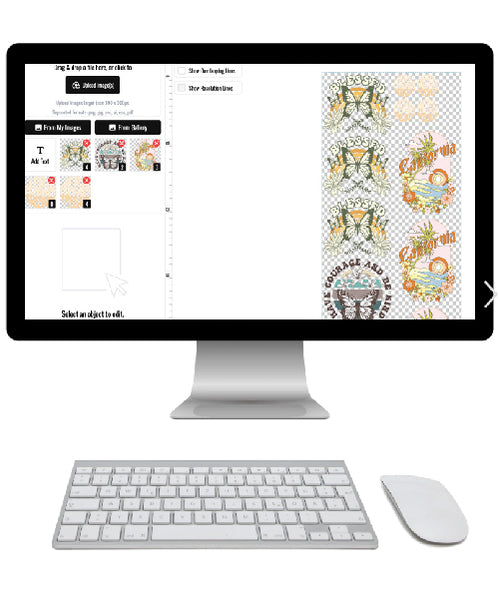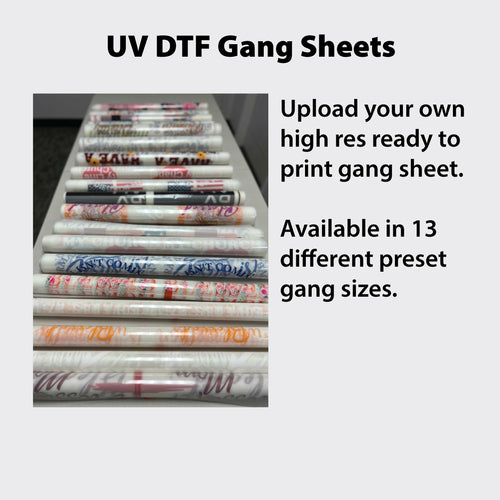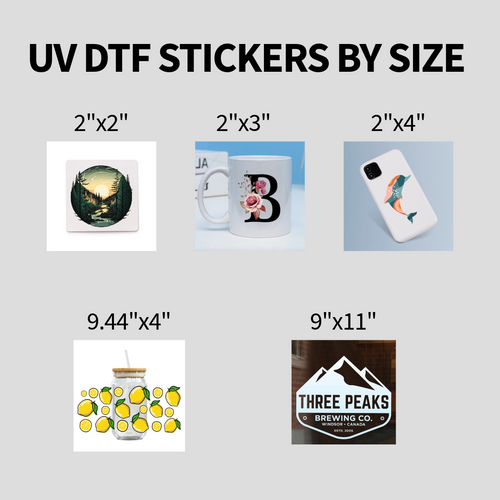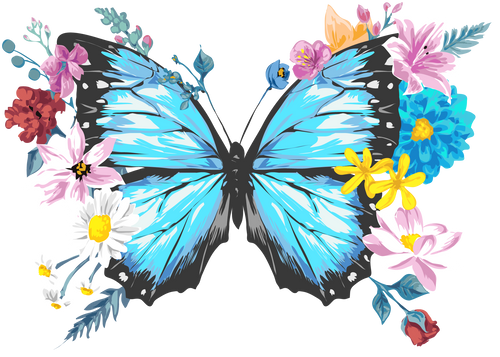In the dynamic world of garment decoration, Direct to Film (DTF) printing has emerged as a game-changer, offering versatility and vibrancy in transferring designs onto various fabrics. With DTF, the choice of fabric plays a crucial role in achieving optimal results. Let's delve into the realm of fabric compatibility with DTF transfers to understand the possibilities it offers.
Cotton, being a staple fabric in the textile industry, stands out as a prime candidate for DTF transfers. Its natural fibers readily absorb the ink, resulting in vivid and long-lasting prints. Whether it's t-shirts, hoodies, or tote bags, cotton provides a smooth canvas for DTF applications, ensuring clarity and sharpness in the transferred designs.
Polyester, known for its durability and moisture-wicking properties, is another favorite for Lion DTF transfers. Its synthetic fibers allow for vibrant color reproduction, making it ideal for sportswear, activewear, and sublimation-like effects. With DTF, polyester garments retain their breathability and comfort, making them a popular choice for both casual and performance wear.
Blends, combining the best of both worlds, offer a balanced approach to fabric selection for DTF transfers. Cotton-polyester blends provide the softness of cotton with the durability of polyester, making them versatile for a wide range of applications. These blends offer excellent ink adhesion and washability, ensuring the longevity of the transferred designs.
Canvas and denim, known for their robustness and texture, add a touch of uniqueness to DTF transfers. Their coarse surfaces provide a rustic charm to the printed designs, making them popular for customizing bags, jackets, and accessories. With DTF, intricate details and vibrant colors stand out on these rugged fabrics, creating eye-catching statements.
Additionally, fabrics like spandex and nylon, commonly found in activewear and swimwear, can also be compatible with DTF transfers, provided they are carefully selected and pre-treated to ensure proper adhesion of the ink.
In conclusion, the compatibility of fabrics with DTF transfers opens up a world of possibilities for garment decorators and designers. From the softness of cotton to the durability of polyester and the texture of denim, DTF printing offers a versatile solution to bring designs to life on various fabrics. By understanding the characteristics of different textiles, one can harness the full potential of DTF technology to create stunning and long-lasting personalized apparel and accessories.


